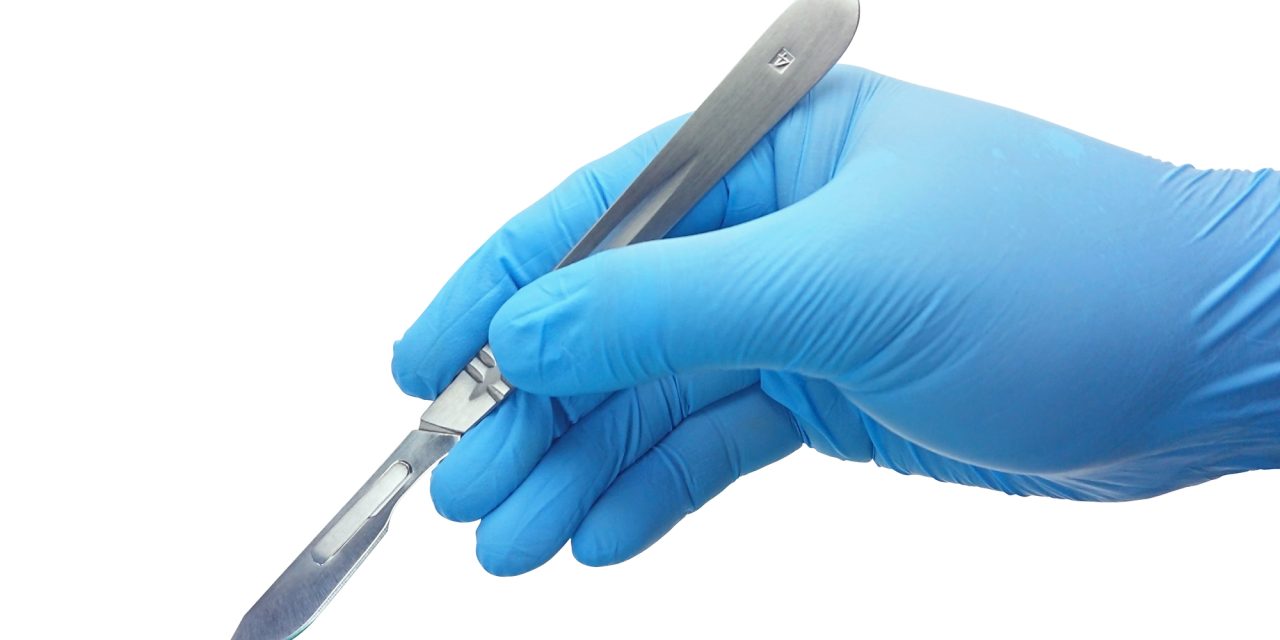This study states that Acute iliofemoral artery thrombosis (IFAT) can occur in critically ill neonates and infants who require indwelling arterial cannulas for monitoring or as a consequence of cardiac catheterization. Guidelines suggest treatment with anticoagulation, but evidence supporting the optimal duration of therapy and the role of surveillance ultrasound is limited. The objectives of this study were to characterize the kinetics of thrombus resolution and to define an appropriate duration of anticoagulation and interval for surveillance ultrasound.
This was a single-center retrospective cohort study of pediatric patients with acute IFAT from 2011 to 2019. Medical records and vascular laboratory studies were reviewed. Patients with one or more surveillance ultrasound examinations were included. Thrombus resolution was defined as multiphasic flow throughout the index limb without evidence of echogenic intraluminal material by ultrasound. Time to resolution of thrombus was assessed using Kaplan-Meier analysis. Management of IFAT with anticoagulation resulted in successful short-term outcomes. Based on the observed rate of resolution, management should start with anticoagulation, followed by surveillance ultrasound at 2-week intervals. With treatment by anticoagulation, resolution can be expected to occur in one-third of patients every 2 weeks.
Reference link- https://www.jvascsurg.org/article/S0741-5214(20)30469-9/fulltext


